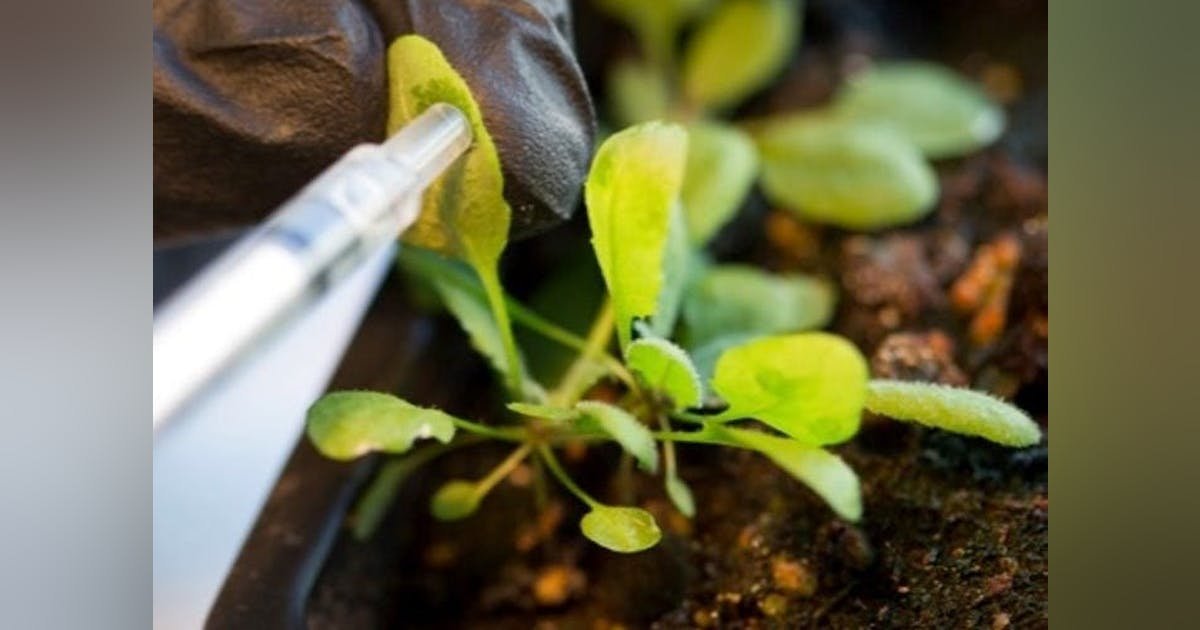The technology uses Corona Phase Molecular Recognition (CoPhMoRe), a nanotechnology approach designed by the SMART DiSTAP and MIT researchers. It enables the design of highly selective sensors by coating single-walled carbon nanotubes with custom synthetic polymers.
“These polymers form a precise ‘corona phase,’ or binding pocket, which can recognize and respond to specific molecules,” says Duc Thinh Khong, a research scientist at SMART DiSTAP.
Learning to develop
Developing the nanosensor involved learning more about how IAA naturally binds to its plant receptor (TIR1). The team was then able to engineer polymers to mimic that natural interaction, which allows the sensor to bind IAA with high sensitivity and selectivity without requiring genetic modification.
Khong says the team found that when IAA binds to the polymer-coated nanotubes, it changes the fluorescence intensity within the NIR spectrum. This allows real-time, noninvasive monitoring across various plant tissues and species. The sensor is also biocompatible and can bypass interference from chlorophyll, making it effective even in densely pigmented crops.
Existing methods for detecting IAA, such as liquid chromatography, require destructive sampling (harming or removing parts of the plant) and often measure downstream effects rather than IAA itself. These techniques are also limited in their applicability across different plant species.
And because IAA is a small molecule, it can be difficult to track in real time. Conventional biosensors often rely on fluorescent proteins genetically inserted into the plant, which Khong says isn’t always practical or scalable.
The researchers’ nanosensor technology “overcomes these limitations by enabling real-time, nondestructive, and direct monitoring of IAA in various plant tissues,” he says. “This allows researchers to study dynamic hormone changes across plant types and environmental conditions with high precision.”
A need for disruptive technologies
“This research was prompted by the need for disruptive technologies that can revolutionize urban agriculture and enhance crop yields,” Khong says, adding that the team’s work helps to support Singapore’s “30 by 30” food security goal of locally producing 30% of that region’s nutritional needs by 2030.
“In urban farms, especially in space-limited cities like Singapore, using nanosensors to detect early stress in common and high-valued leafy greens helps optimize growth conditions and boost crop yields,” he says. “Our nanosensor’s noninvasive and species-agnostic design also makes it adaptable for use in other countries with urban farming ambitions, where space constraints and food security are key concerns.”

